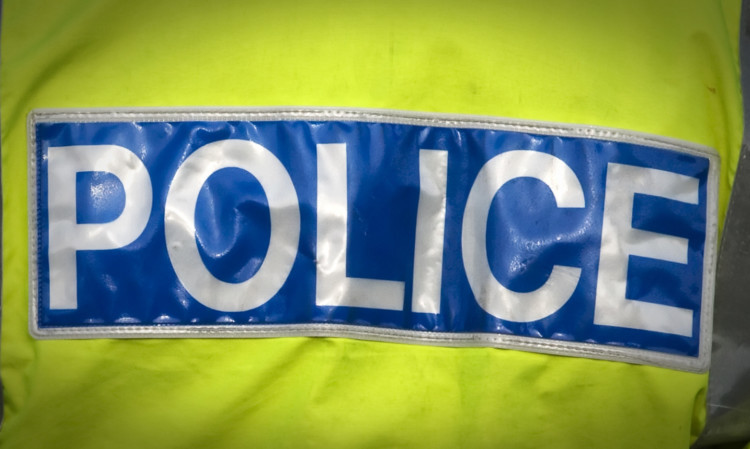Fife’s police chief has defended the high level of stop and searches being carried out across the region, claiming they have a “positive impact” on reducing serious crime.
Chief Superintendent Garry McEwan said the controversial process was proving successful on a local level, despite a scrutiny review by the Scottish Police Authority (SPA) finding “no clear link” they contributed to reducing violent crime.
Mr McEwan told members of the safer communities committee that almost 10,000 stop and searches had taken place in Fife between April 1 2013 and March 31 this year, out of which 25% had been positive, with items seized including alcohol, drugs, property and weapons.
Of the 9,973 searches, 1,339 children aged between 10 and 15 were stopped and searched and 2,571 16 to 20-year-olds.
Mr McEwan gave The Courier specific examples of times the use of stop and search powers had proved successful including a 16-year-old boy being found in possession of a baseball bat with intent to hurt another person and a 15-year-old girl being found in possession of a bottle of vodka.
In another incident police confiscated a hammer from an elderly man which he intended to use against a named individual.
Mr McEwan said: “As a result, stop and search and early intervention prevented potentially serious injury to another innocent member of the public.”
He said one in four searches conducted were positive with the majority of stop and searches being intelligence led and carried out in relation to alcohol and drugs.
Mr McEwan stressed stop and searches were only ever used by officers when deemed appropriate and every officer in Fife is required to keep the appropriate records which are then analysed and added to a national database.
He said: “There is clear evidence that stop and searches which are intelligence-led, meaning that they are targeting known offenders, conducted at the times of day and in the locations where crime is known to occur, have a positive impact by reducing crime,” he said.
Council leader David Ross admitted there had been “very good outcomes” regarding stop and search exercises in Fife but said it was still “a sensitive subject”.
Committee chairman Kenny Selbie said: “This is a subject I have always been concerned about but I am pleased to see that the number of positive stop and search cases in Fife are increasing.”
